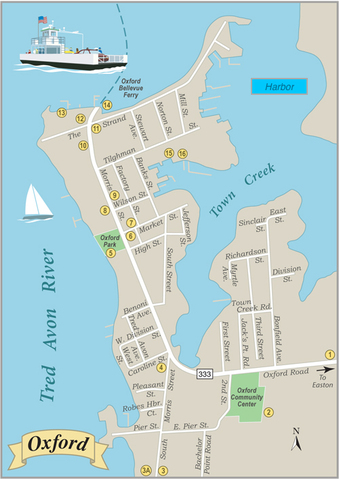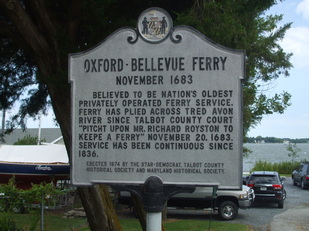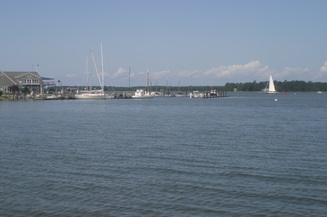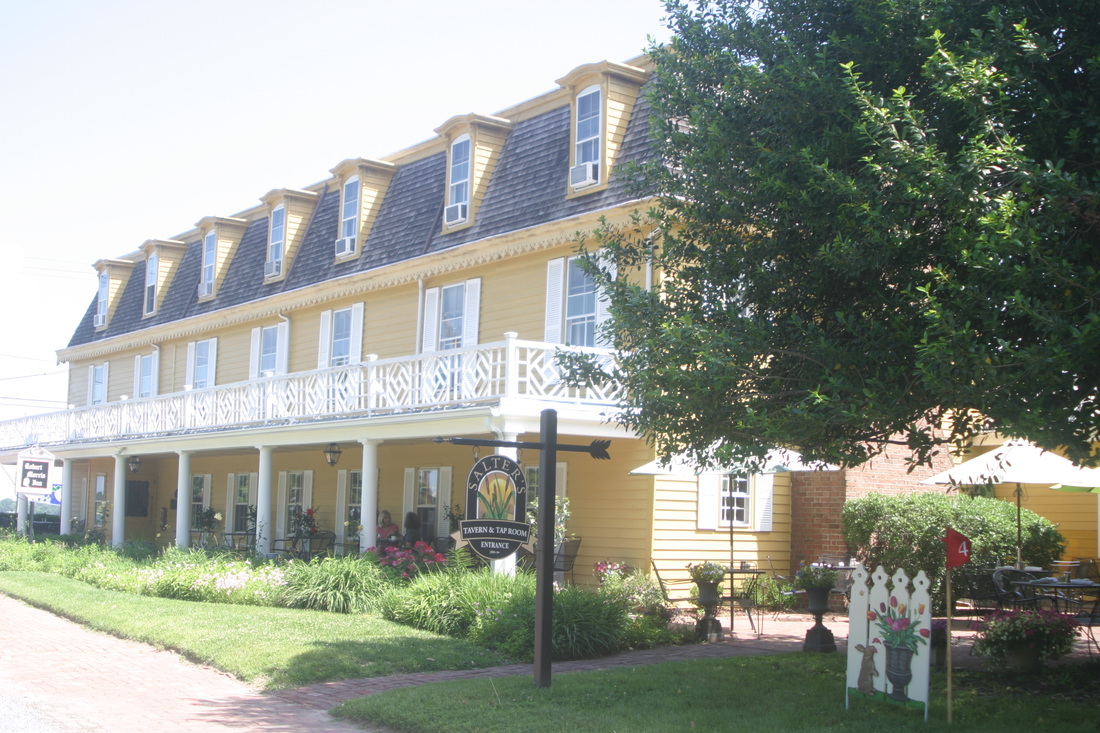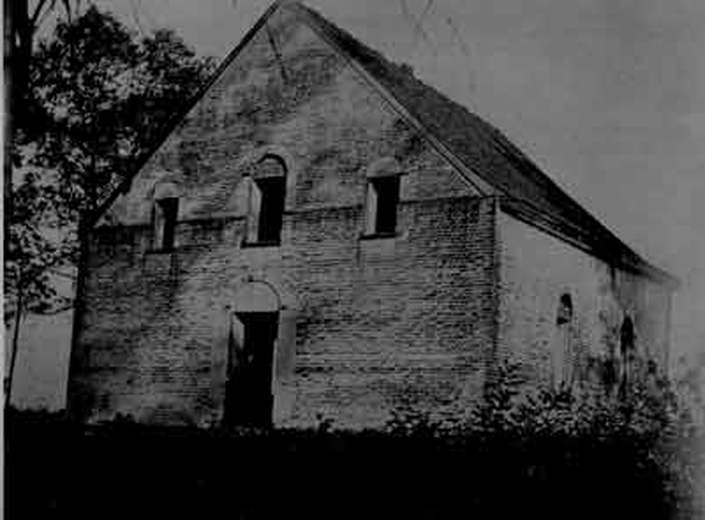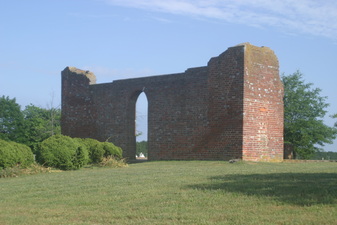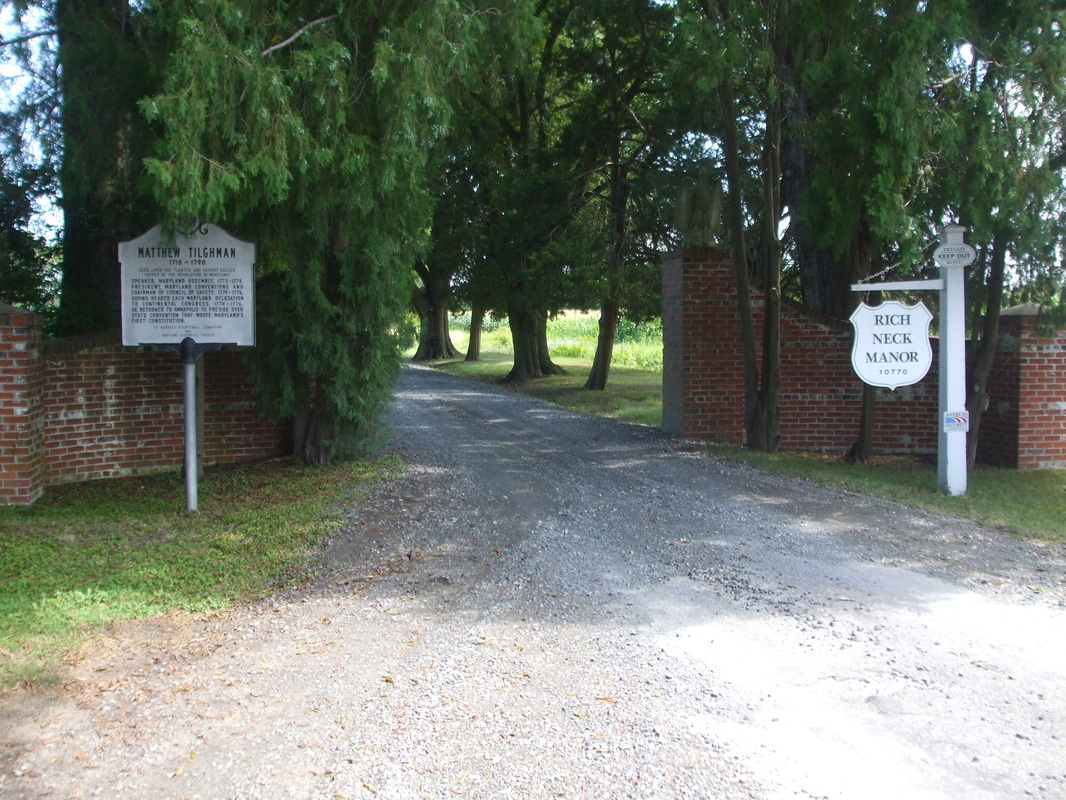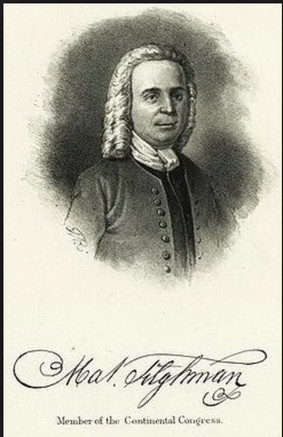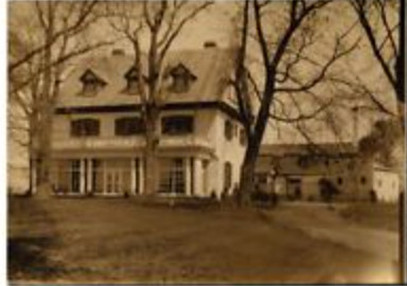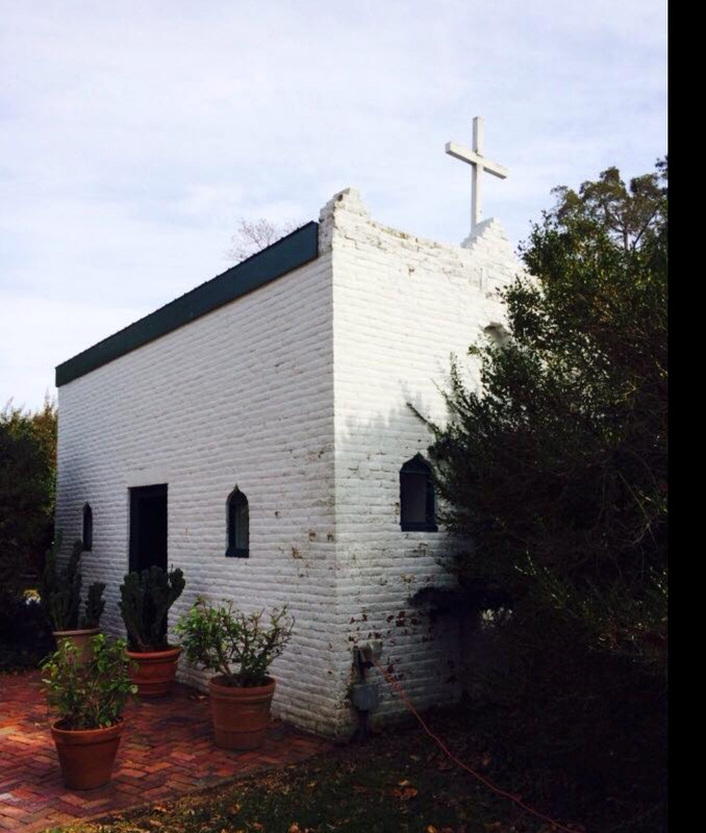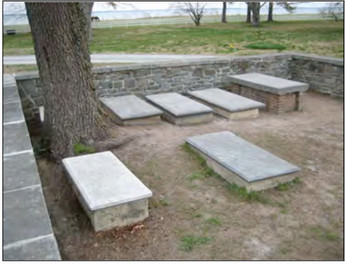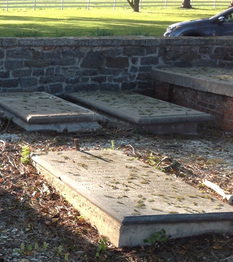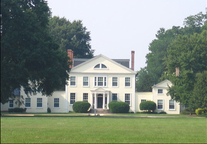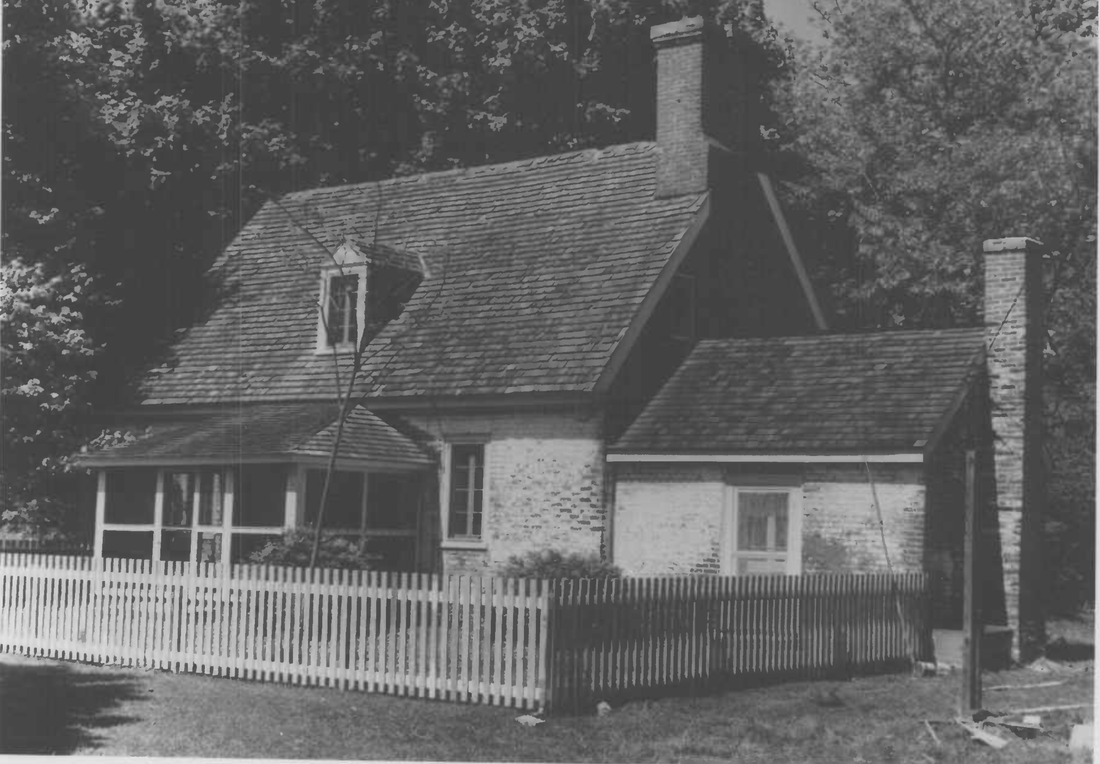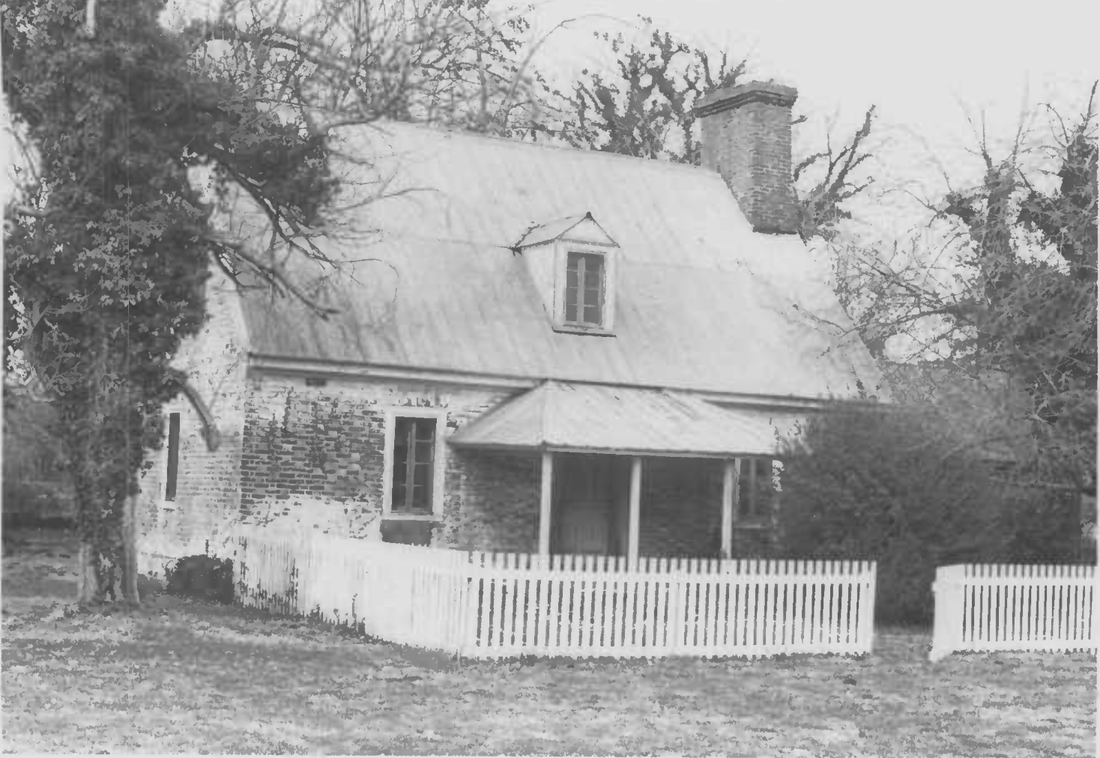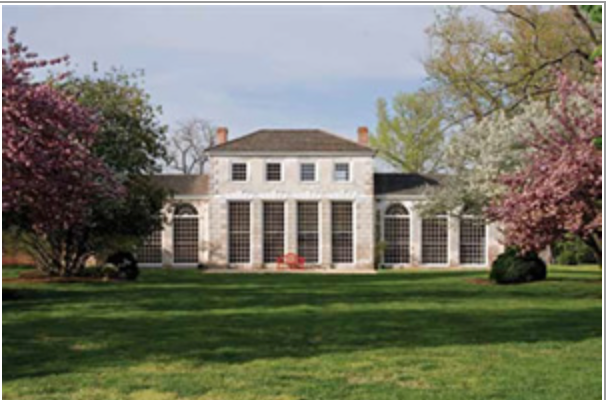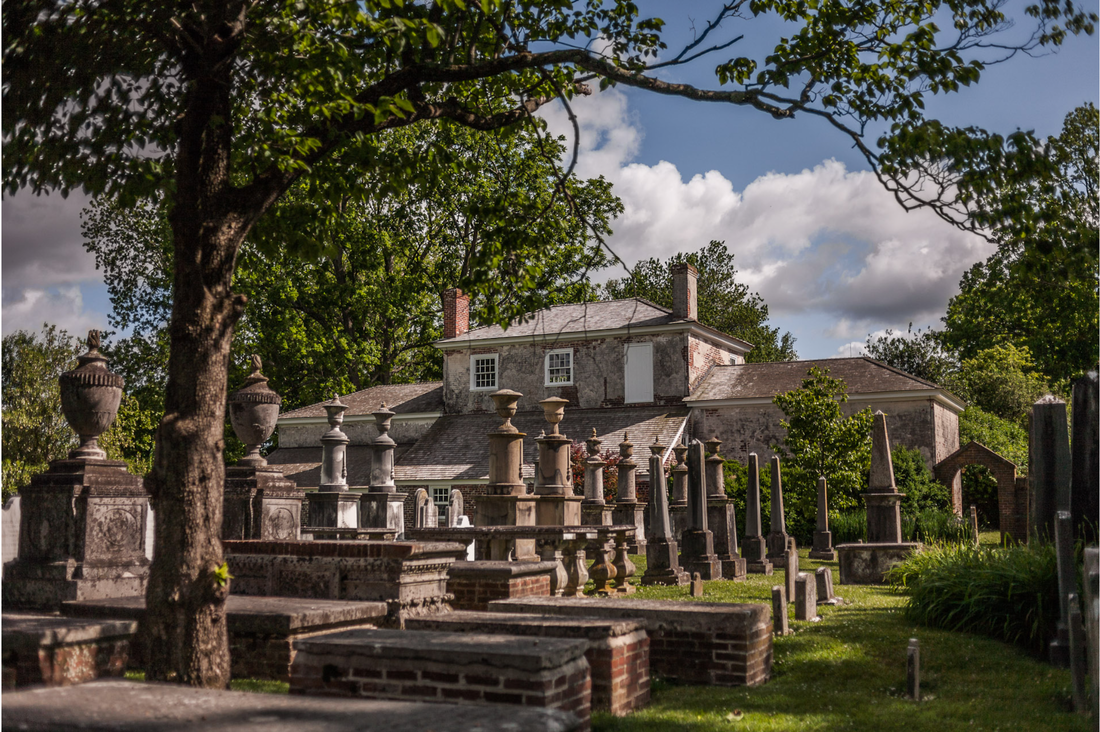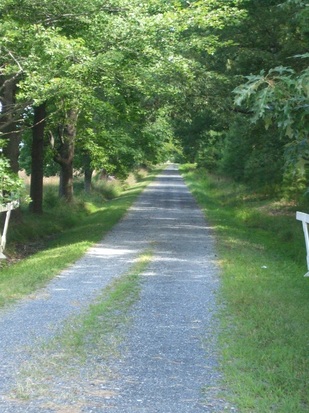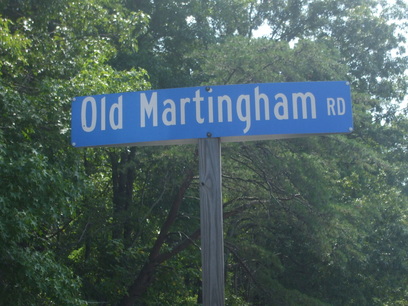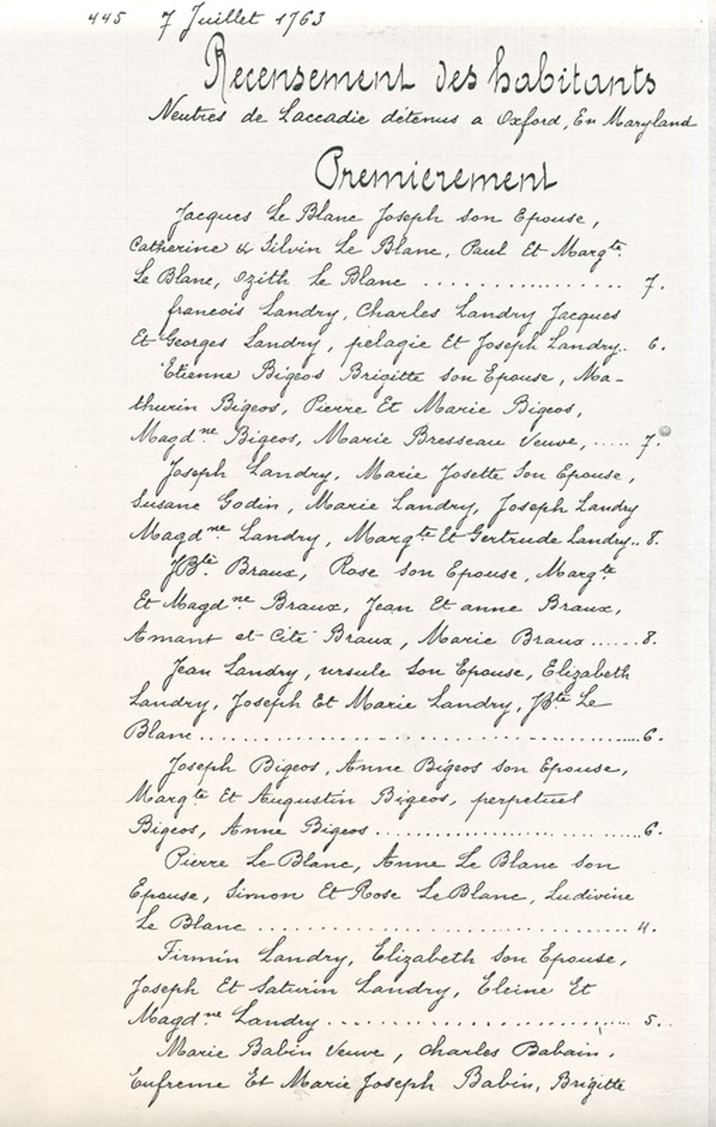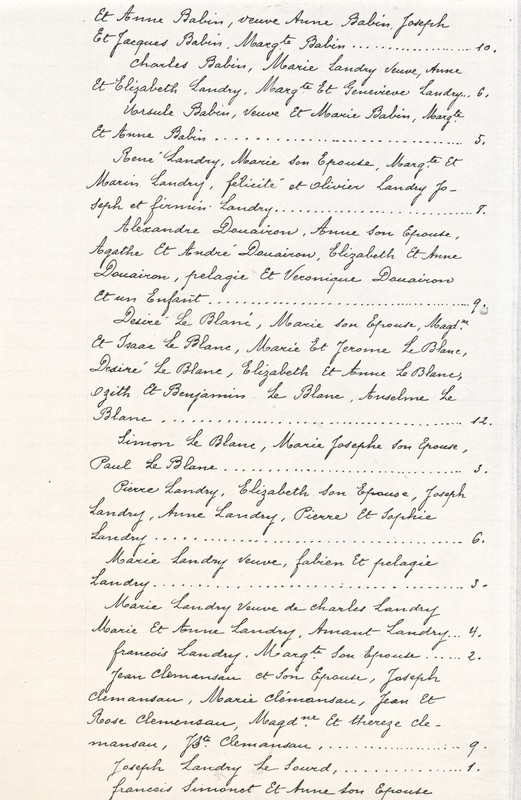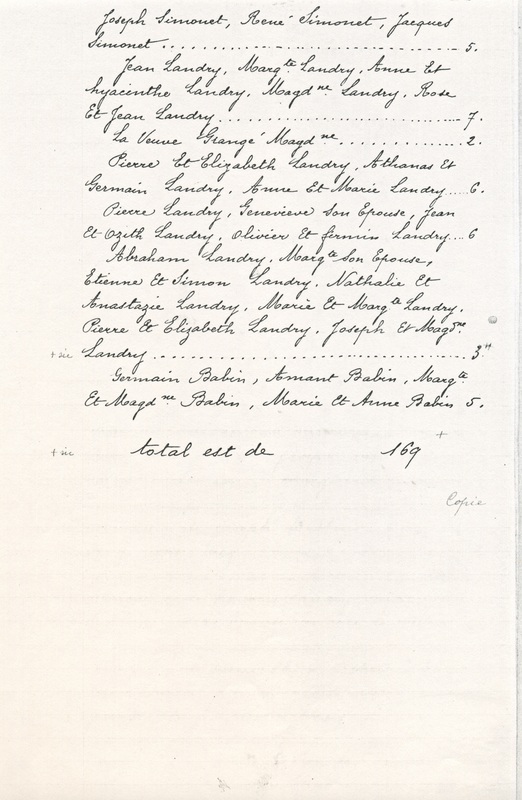White Marsh Church Ruins
Acadians in Oxford
On 8 December 1755, at the direction of Maryland provincial officials, 263 Acadian exiles arrived on the sloop Ranger at the docks of Oxford, Maryland. They were cold, sick, and without provisions. Coming to the aid of the unfortunate Acadians, Oxford merchant Henry Callister convinced his friend Reverend Thomas Bacon to take up a special collection for the Acadians on the 14th of December 1755 at the White Marsh Episcopal Church. Reflecting the sentiment of many of the townsfolk, the contribution of Reverend Bacon exceeded that of the rest of his congregation. Stirred by Callister's impassioned pleadings on the Acadian's behalf, several local plantation owners agreed to house them temporarily.
Follow the journey of Acadians in the Oxford area by visiting these locations:
Follow the journey of Acadians in the Oxford area by visiting these locations:
1. Oxford-Bellevue Ferry on Tred Avon River (N. Morris Street at The Strand): At this location the Oxford-Bellevue Ferry has provided service across the Tred Avon River since 1683 and is the nation's oldest privately operated ferry service. Looking to the south, you can view the confluence of the Choptank River and the Tred Avon River. In early December 1755 the sloop Ranger with 263 Acadians sailed from the Chesapeake Bay to the Choptank River and then up the Tred Avon River into Oxford's Town Creek harbor where the Acadians finally could disembark after their arduous six-week journey from Nova Scotia. Certainly they saw the Oxford-Bellevue Ferry as it waited for the Ranger to pass before proceeding across the river. Take a ride on the ferry and view Oxford as the Acadians would have seen it.
2. Robert Morris Inn (314 N. Morris Street): As the Acadians sailed up the Tred Avon River on the Ranger in early December 1755 they almost certainly looked in wonder at the beautiful Robert Morris Inn (built in 1710) - a wonderful inn yet today.
|
3. White Marsh Episcopal Church Ruins (U. S. Highway 50 at Hole in the Wall Road/Manadier Road near Oxford): Built in 1665 and enlarged in 1721 and 1755, the old White Marsh Episcopal Church was served by Reverend Thomas Bacon, a close friend of Acadian benefactor Henry Callister of Oxford. Mr. Callister convinced his friend Rev. Bacon to preach a sermon on charity and to take up a special collection on Sunday, the 14th of December 1755 “for the relief of the poor, distressed Acadians” newly-arrived in Oxford. Unfortunately, the majority of the congregation still feared the Acadians, who were French Catholics, and the contribution of Rev. Bacon alone was three times the total contribution of his congregation.
|
This Old White Marsh Church photo is used courtesy of the Talbot County Free Library.
Today, you can view the ruins of this once beautiful church and walk among the old tombstones of its cemetery - several of which date to the early and mid-1700s. The original name of White Marsh Episcopal Church was St. Peter’s Anglican Church.
|
About Henry Callister: With a harsh winter pounding Oxford in December 1755, Henry Callister worked hard to find suitable shelter for the 263 Acadians under his care. He convinced many of his reluctant friends and associates to house temporarily a few Acadians each in their Oxford homes or nearby plantations. Some of these folks included Rev. Thomas Bacon, P. C. Blake, Thomas Browning, Jacques Tilghman, Michael Hacket, Jean Caile, Matthew Tilghman, Charles Brown, Guill Goldsborough, Mrs. Sarah Blake, Pollard Edmundson, Philemon Hambleton, David Robinson, Edward Niel, David Jones, Simon Jones, Samuel Chamberlaine, Mrs. Marguerite Lowe, Thomas Wilson, Colonel Joseph Ennalls, Corneille Daly, Robert Howe, Edward Tilghman, Colonel Edward Lloyd III and, of course, Henry Callister. Because of the dedicated effort of Mr. Callister, the Acadians of Oxford received perhaps the best treatment of all the Acadians in Maryland. Using his own funds, in January 1756 Mr. Callister hired Captain Jeremiah Banning to transport Acadians on his schooner Humming Bird to plantations along the Wye River and other streams.
4. Rich Neck Manor (10770 Rich Neck Road in Claiborne, Maryland): Home of Matthew Tilghman (1718-1790), Rich Neck Manor housed about 5 Acadians in 1756. Being secluded private property, the home and outbuildings can only be viewed from the Miles River; however, the entrance gate on Rich Neck Road is on a public highway. The major part of the home at Rich Neck Manor was built in the 1830s; however, the older part of the home on the right side was built in the 1740s and was there when the Acadians lived at Rich Neck Manor. Likewise, the Acadians would have seen the chapel, built in the 1650s, and the Tilghman Cemetery with marked graves dating to 1698. The Tilghman Cemetery has the tomb of Matthew Tilghman, who sheltered the Acadians and who died in 1790.
Dating from the 1650's, the Chapel would have been present when Acadians stayed at Rich Neck Manor.
The Tilghman Cemetery at Rich Neck Manor contains seven markers dating from 1698 and thus would have been present when the Acadians stayed at Rich Neck Manor beginning in 1756. The grave of Matthew Tilghman is one of the seven gravesites.
The Tilghman Cemetery photo is reprinted courtesy of Kreilick Conservation, LLC, www.kreilickconservation.com, and the close up photo is used with the permission of Judith Richards, Find A Grave volunteer.
5. Wye House (26080 Bruff’s Island Road in Easton, Maryland): About 50 Acadians were housed in 1756 at the Wye House, the home of Colonel Edward Lloyd III (1711-1770). Col. Lloyd was a reluctant benefactor of the Acadians and had to be “encouraged” by Henry Callister to help the Acadians with monetary contributions and shelter. The Wye House home and outbuildings are on secluded private property and can only be seen from the Wye River. The current home was built between 1781 and 1784 and thus was not the house present when the Acadians arrived in January 1756; however, the Captain's House, the Orangerie and the Lloyd Family Cemetery were present at the time of the Acadians stay there.
Views of the Wye House (1781-1784) - Easton, MD
Photos courtesy of the Maryland Historical Trust
Photos courtesy of the Maryland Historical Trust
Wye House cemetery and Orangerie photos (above) are used with the permission of Mr. Arthur Bowie, webmaster, Book of Bowie website. Mr. Lloyd's tombstone photo (below) is used with the permission of Mr. John Reeder, Find A Grave volunteer.
 Tombstone of Colonel Edward Lloyd III
Tombstone of Colonel Edward Lloyd III
Built about 1750 and enlarged in 1785, the core of the "Orangerie" was present when the Acadians were at the Wye House. The Orangerie was used to grow orange and lemon trees and the upper floor had a billiard room.
The Captain's House was built about 1740 and was the original kitchen. About 1810 is was remodeled as a residence. It was present during the time of the Acadians' stay at the Wye House.
Located on the grounds of the Wye House, the Lloyd Family Cemetery contains graves dating from as early as 1684 and thus was there when the Acadians lived on the Wye property. Colonel Edward Lloyd III died in 1790 and is buried in the Lloyd Family Cemetery. His tombstone is shown above.
The Captain's House was built about 1740 and was the original kitchen. About 1810 is was remodeled as a residence. It was present during the time of the Acadians' stay at the Wye House.
Located on the grounds of the Wye House, the Lloyd Family Cemetery contains graves dating from as early as 1684 and thus was there when the Acadians lived on the Wye property. Colonel Edward Lloyd III died in 1790 and is buried in the Lloyd Family Cemetery. His tombstone is shown above.
6. Old Martingham (9581 Old Martingham Road in St. Michaels, Maryland): Home of Philemon Hambleton (1697-1757), Old Martingham housed approximately 5 Acadians beginning in 1756. Old Martingham is on private property and can only be viewed from the Miles River. Old Martingham was built in stages. The center portion was constructed about 1700 and would have been present when the Acadians stayed at Martingham. The left (east) wing was a kitchen added about 1820 and the right (west) was built in 1945. The entrance gate for Old Martingham is located on a public road at 9581 Old Martingham Road.
A few other homes built in Oxford before 1769 still exist. During their stay in Oxford, Acadians may have seen or visited these: Byberry (Tilghman Street at Mill Street within the yard of shipbuilding firm Cutts & Case – built in 1695; originally located on Morris Street and moved to present location in 1930s) and Combsberry (4837 Evergreen Road – built in 1730; today, Combsberry is an active inn nestled on Bringman’s Cove).
Acadian Surnames of Oxford (1763)
|
|
Acadians in Oxford (1763)
Published Courtesy of Library and Archives Canada
Note: To magnify the above document(s), using Chrome, right mouse click on the document and select "Open image in new tab." Or in Firefox, right mouse click on the document and select "View Image." Then use your magnifying glass to enlarge the print. In IE, use the standard "zoom" feature to enlarge your page. In Safari, right mouse click on the document and select "Open Image in New Window." Also, by clicking CTRL and then the + / - keys you may enlarge or reduce the size of any page on the site.
Note: To magnify the above document(s), using Chrome, right mouse click on the document and select "Open image in new tab." Or in Firefox, right mouse click on the document and select "View Image." Then use your magnifying glass to enlarge the print. In IE, use the standard "zoom" feature to enlarge your page. In Safari, right mouse click on the document and select "Open Image in New Window." Also, by clicking CTRL and then the + / - keys you may enlarge or reduce the size of any page on the site.

